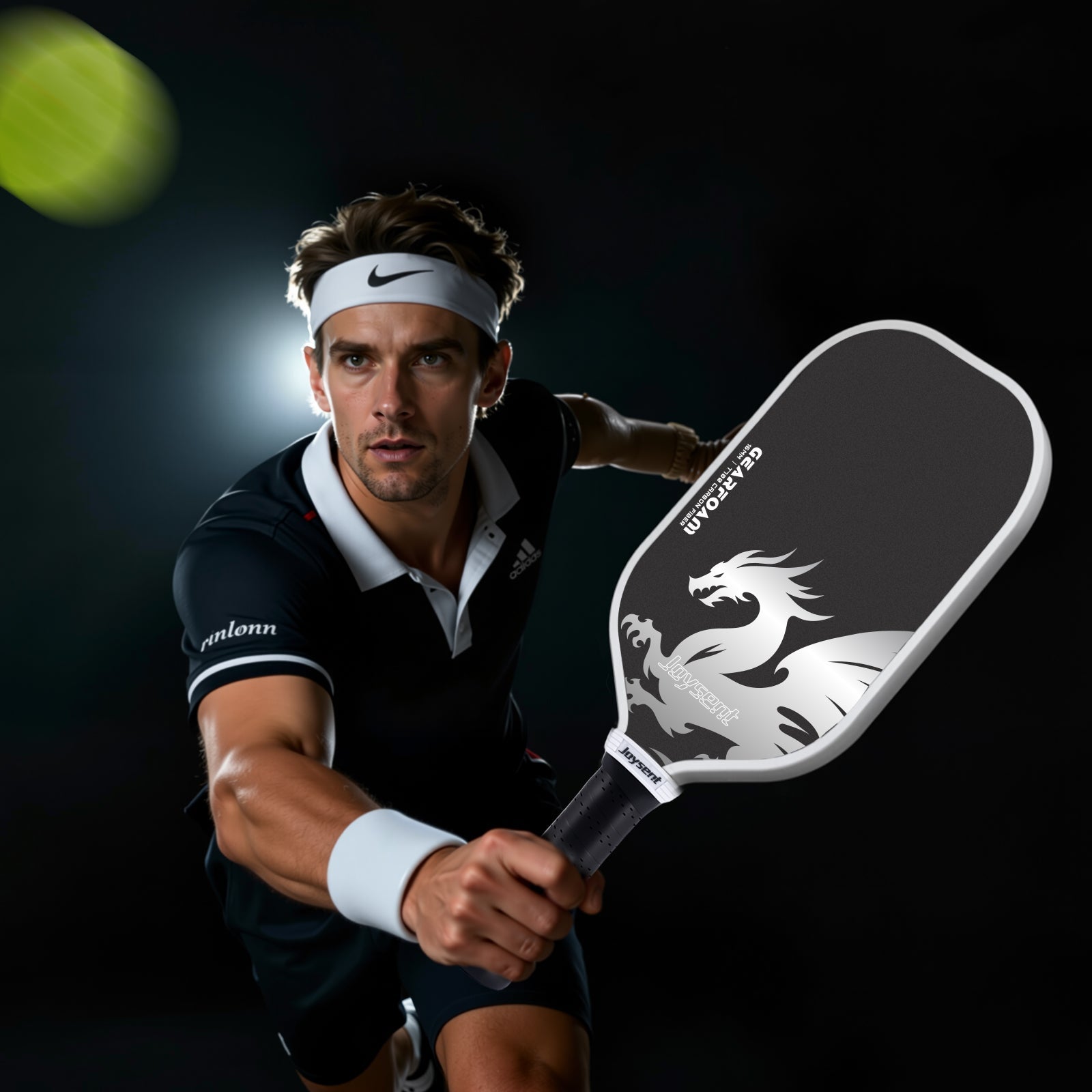
Pickleball’s Olympic Dream: Could It Become a Future Sport?
Introduction
Pickleball has rapidly grown from a niche backyard pastime to one of the fastest-growing sports worldwide. With professional leagues, international tournaments, and millions of new players each year, a big question naturally arises: Could pickleball one day become an Olympic sport?
This article explores what it takes for a sport to join the Olympics, where pickleball currently stands, and its chances of reaching the Olympic stage.
What Does It Take to Become an Olympic Sport?
For a sport to be considered for the Olympic Games, it must meet the criteria set by the International Olympic Committee (IOC):
-
Global Reach: Played by men and women in at least 75 countries (men) and 40 countries (women).
-
International Federation: A unified global governing body overseeing rules and competitions.
-
Youth Engagement: The sport must attract younger players and promote inclusivity.
-
Spectator Appeal: It should be exciting to watch, with potential for TV and sponsorships.
-
Accessibility: Equipment and facilities must be easy to implement worldwide.
Pickleball’s Global Standing
1. Growing Worldwide Popularity
Pickleball is played in North America, Europe, Asia, and Australia, with governing organizations like the International Federation of Pickleball (IFP) and World Pickleball Federation (WPF) expanding into new markets. Countries such as the U.S., Canada, Spain, India, and Singapore already host national championships.
2. Rise of Professional Leagues
Leagues such as Major League Pickleball (MLP) and the PPA & APP Tours have turned the sport into a professional platform, with broadcast deals and corporate sponsorships driving visibility.
3. Accessibility and Youth Appeal
Pickleball courts are smaller than tennis courts, paddles are affordable, and the game is easy to learn—making it highly attractive for schools and youth programs.
4. Spectator Value
Fast-paced doubles rallies, highlight shots, and increasing broadcast coverage (ESPN, YouTube streams) make pickleball more exciting to watch than many expected.
Challenges to Olympic Inclusion
Despite its rapid growth, pickleball still faces obstacles:
-
Standardization: Multiple federations exist; Olympic status requires one unified international body.
-
Geographic Expansion: Africa, South America, and the Middle East need stronger representation.
-
Perception: Some still view pickleball as a casual activity rather than a high-performance sport.
What Olympic Pickleball Could Look Like
If pickleball entered the Olympics, expected formats might include:
-
Men’s and Women’s Singles
-
Men’s and Women’s Doubles
-
Mixed Doubles
With smaller courts and simple infrastructure needs, pickleball is relatively easy for Olympic hosts to stage.
Signs of Momentum
-
International Recognition: Pickleball has been formally recognized by the IFP.
-
Celebrity Backing: Investments from professional athletes and celebrities bring credibility.
-
Demo Events: The sport could appear in international competitions like the World Games before the Olympics.
Conclusion: A Realistic Olympic Future?
While pickleball isn’t ready for the Olympics today, its global expansion, professionalization, and inclusivity make it a strong candidate in the coming years. With continued growth and unified governance, the dream of seeing pickleball at the Olympics could one day become a reality.
For now, the sport continues to win hearts across the globe—perhaps paving its way to the world’s biggest stage.








